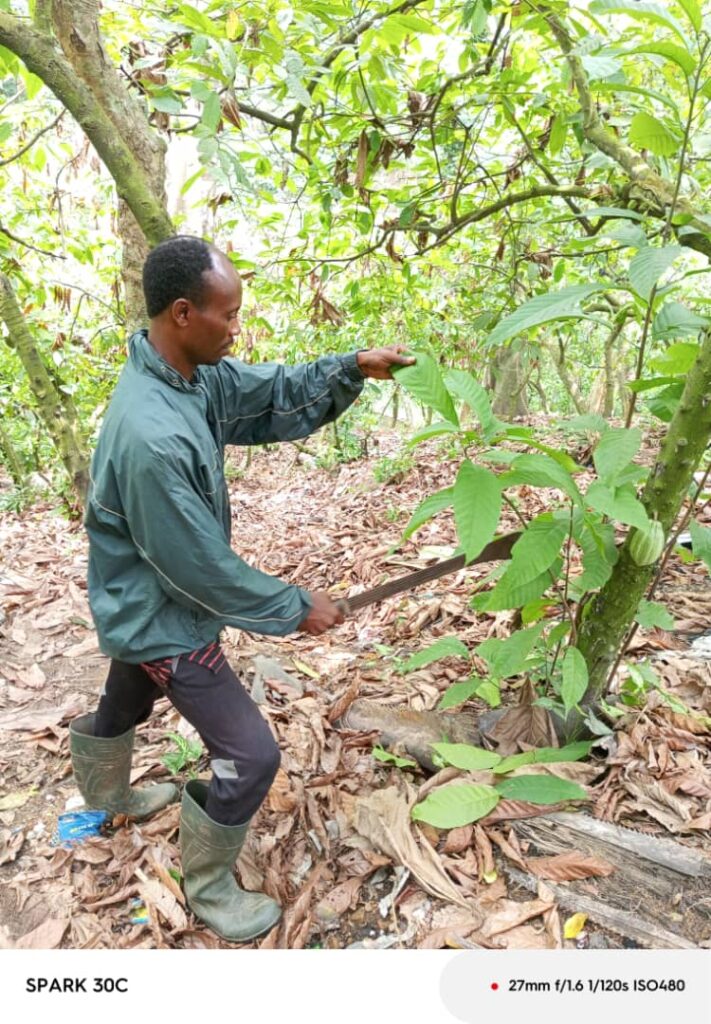Cocoa, often referred to as “the food of the gods,” is one of Nigeria’s most significant agricultural exports. As the world’s fourth-largest producer, and with an industry worth 700 million USD, Nigeria plays a crucial role in the global cocoa market. Among these, cocoa stands tall as a significant contributor to the country’s economy. This article delves into the intricacies of the Nigerian cocoa industry, providing valuable insights for both existing and aspiring cocoa exporters.
Nigeria’s Position in the Global Cocoa Market
Nigeria is a powerhouse in the global cocoa market, producing approximately 300,000 metric tons of cocoa annually. The country’s cocoa sector contributes significantly to its economy, providing employment for over 300,000 farming families predominantly located in the southwestern states of Ondo, Ogun, Osun, Ekiti, and Oyo.

Key Statistics
- Global Rank: 4th largest cocoa producer
- Annual Production: ~300,000 metric tons
- Employment: 300 000+ farming families
Cocoa-Producing Regions in Nigeria
The southwestern region of Nigeria is renowned for its cocoa production. States such as Calabar, Ondo, Ogun, Osun, Ekiti, and Oyo are the primary cocoa-producing areas, benefiting from favorable climatic conditions and rich soil.
Countries Importing Nigerian Cocoa
Nigerian cocoa is in high demand globally, due to the unmatchable quality of Nigeria’s cocoa seeds. Without fail, Nigeria exports to Europe, Asia, and the Americas. Eastern Europe, in particular, is a growing market for Nigerian cocoa, with countries like Ukraine and Poland being major importers.
Major Importing Countries
- Eastern Europe: Ukraine, Poland
- Western Europe: Germany, Netherlands, Belgium
- Asia: Malaysia, Indonesia
- North America: United States, Canada
